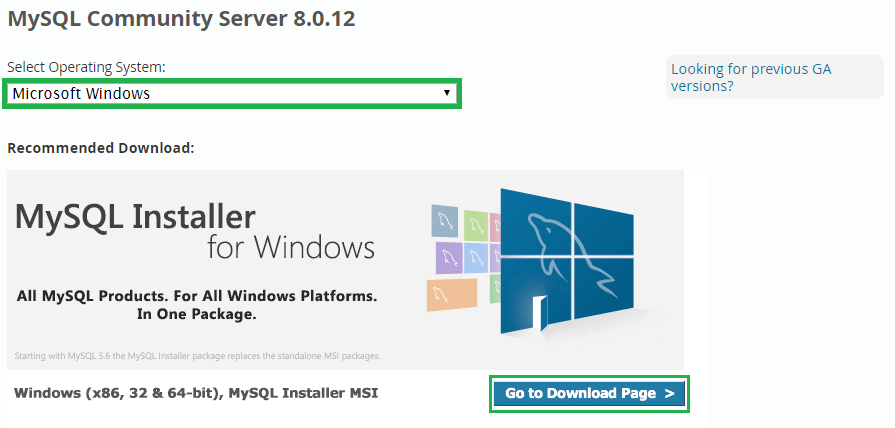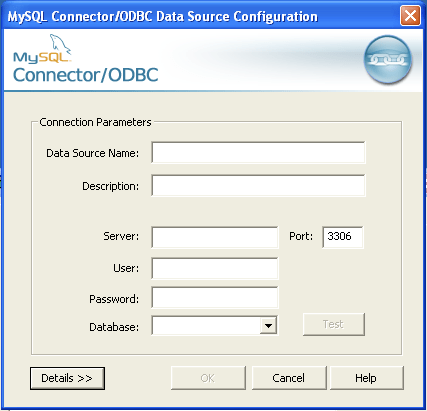

Other Java commands (javac, javadoc, etc.) will rarely need to be executed in a 64-bit environment. If neither -d32 nor -d64 is specified, the default is to run in a 32-bit environment. Since Solaris has both a 32 and 64-bit J2SE implementation contained within the same installation of Java, you can specify either version.

On Solaris these correspond to the ILP32 and LP64 data models, respectively. The options -d32 and -d64 have been added to the Java launcher to specify whether the program is to be run in a 32 or 64-bit environment. How do I select between 32 and 64-bit operation? What’s the default? I don’t want to argue with the author, but Oracle seems to (at least as far as Windows 7 64 bit goes): String url = "jdbc:odbc:Driver=Īfter making these changes, you should be able to connect to your Access database in 64-bit Java. The well-known syntax for connecting to an Microsoft Access file via JDBC is as follows: final String fileName = "c:/myDataBase.mdb" Ĭlass.forName("") This article points out some of those issues and a working strategy for how to successfully connect to a Microsoft Access file via JDBC in 64-bit Java.ġ. There are a number of errors, though, if you attempt to use a 64-bit version of Java that are not as well documented. In 32-bit Java, the technique for connecting to a Microsoft Access file via JDBC connection is well-known and available as part of the Sun JDK.


 0 kommentar(er)
0 kommentar(er)
